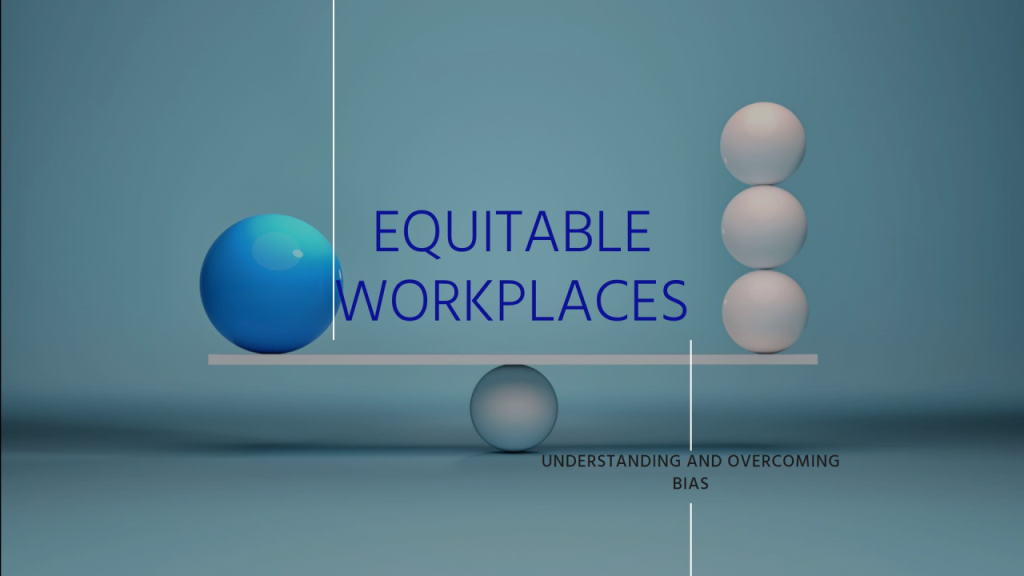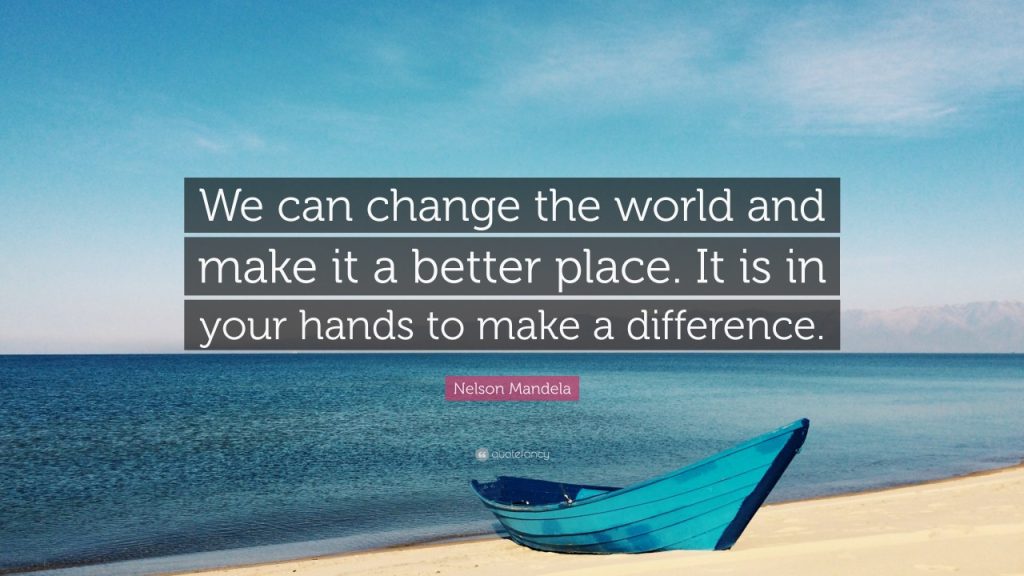Bias is a pervasive yet often unnoticed element that shapes our lives in significant ways. From personal relationships to professional environments, bias influences decisions, sometimes to the detriment of fairness and equality. Daniel Hamermesh, a professor of economics at the University of Texas at Austin, in his book Beauty Pays, confirms that personal attributes like hair color, weight, height, and race significantly impact income and career advancement. For instance, tall men are promoted more often than shorter men, white women earn more than black women, and men generally make more than women. These biases occur subconsciously and affect our decision-making without us even realizing it.
The Impact of Bias
Our brains process an overwhelming amount of information every second, with only a tiny fraction of it being conscious. This makes us more than 99% unconscious in our thought processes, leading to biased decisions without our awareness. Recognizing and admitting our biases is a crucial first step toward mitigating their impact.
Why Bias Happens
No one sets out to intentionally favor certain attributes, yet it happens consistently enough for it to be studied. When someone possesses an attribute, we find favorable, we subconsciously categorize that person as good, which influences our decisions. This unconscious categorization is a natural but problematic tendency.
Addressing Unconscious Bias
- Awareness and Education: Harvard University’s Project Implicit offers online tests to help individuals identify their biases. Awareness is the first step in addressing and overcoming unconscious bias.
- Structured Decision-Making: Implementing standardized processes can help reduce bias. For example, using objective criteria for evaluations rather than relying on gut feelings can lead to fairer outcomes.
- Training and Development: Investing in training to raise awareness about unconscious bias is cost-effective compared to the high costs of employee turnover due to biased decision-making.
Practical Steps to Mitigate Bias
- Reflect on Decisions: Before finalizing decisions, consider if biases influenced your choice. Reflecting on why you chose a particular person for a task can help identify and correct biased actions.
- Promote Diversity: Actively seek to understand and incorporate diverse perspectives in decision-making processes. This can help counteract biases and foster a more inclusive environment.
- Regular Reviews: Establish regular reviews of processes and decisions to ensure that they are free from bias. This includes reviewing hiring practices, project assignments, and promotions.
By understanding and acknowledging our biases, we can work towards a more equitable and inclusive workplace. It starts with awareness and continues with deliberate, structured actions to ensure fair treatment for all.



